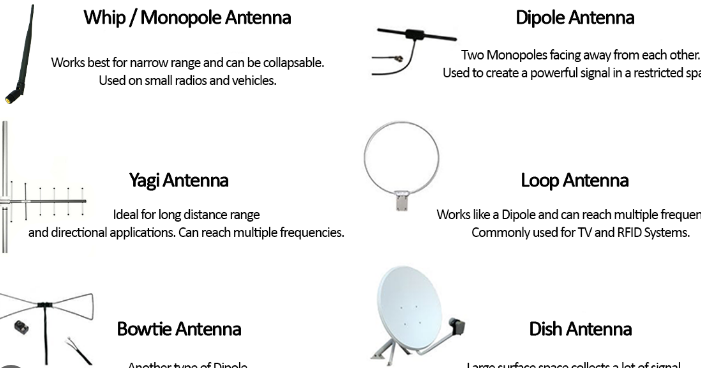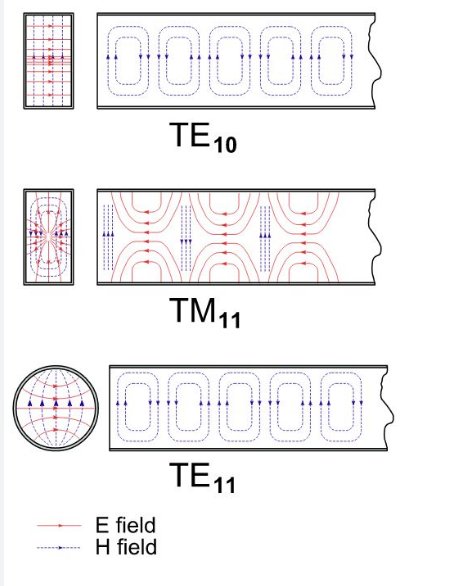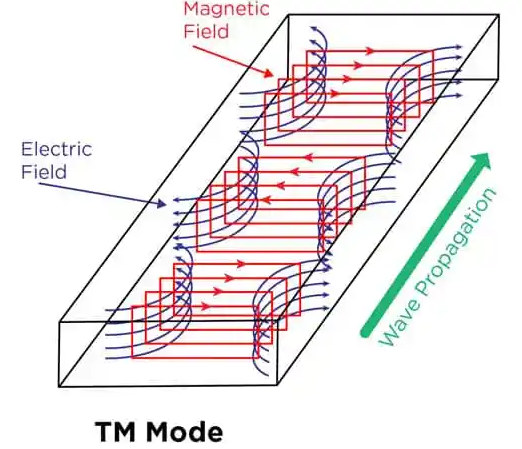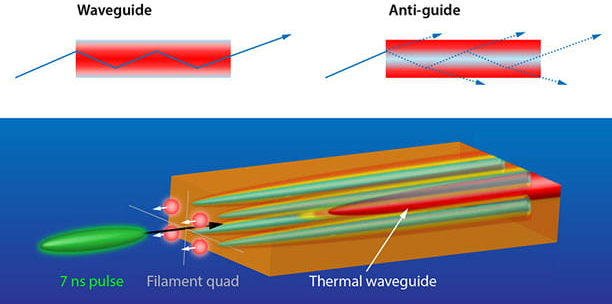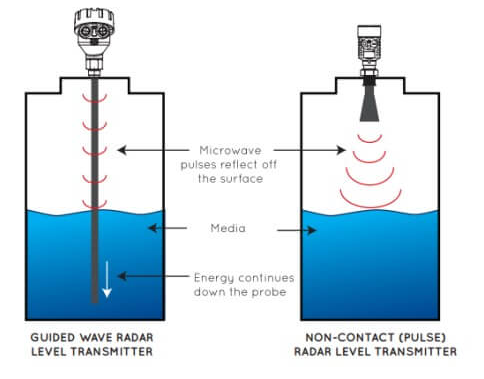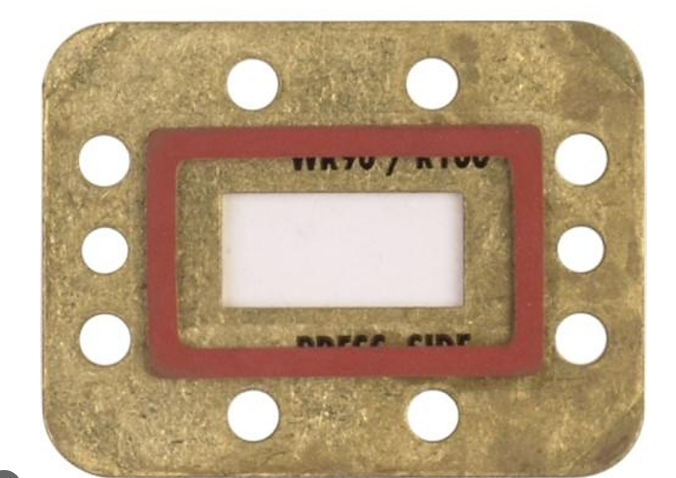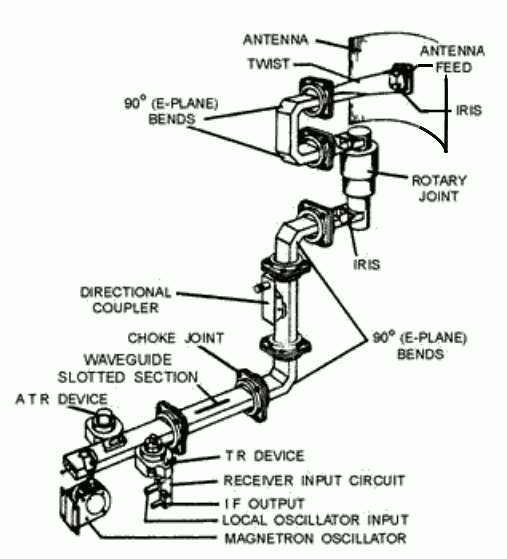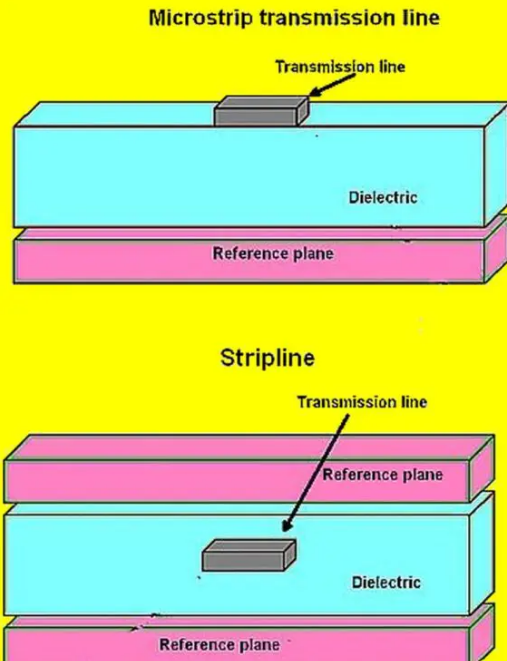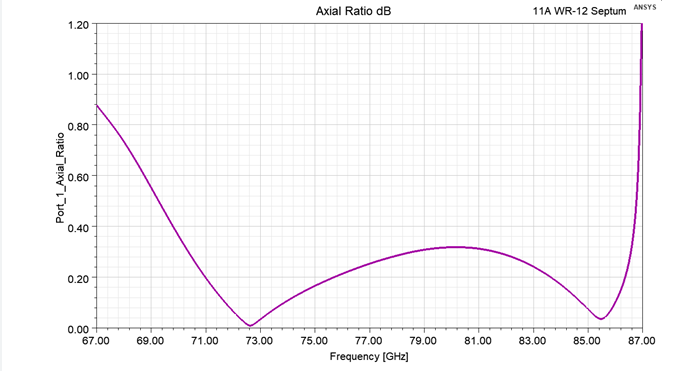What is coaxial feed in antenna
Coaxial feed in antennas is a technique that uses a coaxial cable to connect the antenna’s radiating element to the transmitter or receiver, ensuring efficient signal transmission. Coaxial Probe Feed A coaxial probe feed is a popular method used in antenna design, particularly in patch antennas. It is based on the use of a coaxial […]
What is coaxial feed in antenna Read More »


